The Future of Food: Fighting Fraud, Waste and Contamination with Blockchain Technology
It functions as a secure digital ledger, meticulously tracking a food product’s journey from farm to fork, ensuring data integrity and transparency.
10 March 2025
Share this exclusive content from Saladplate
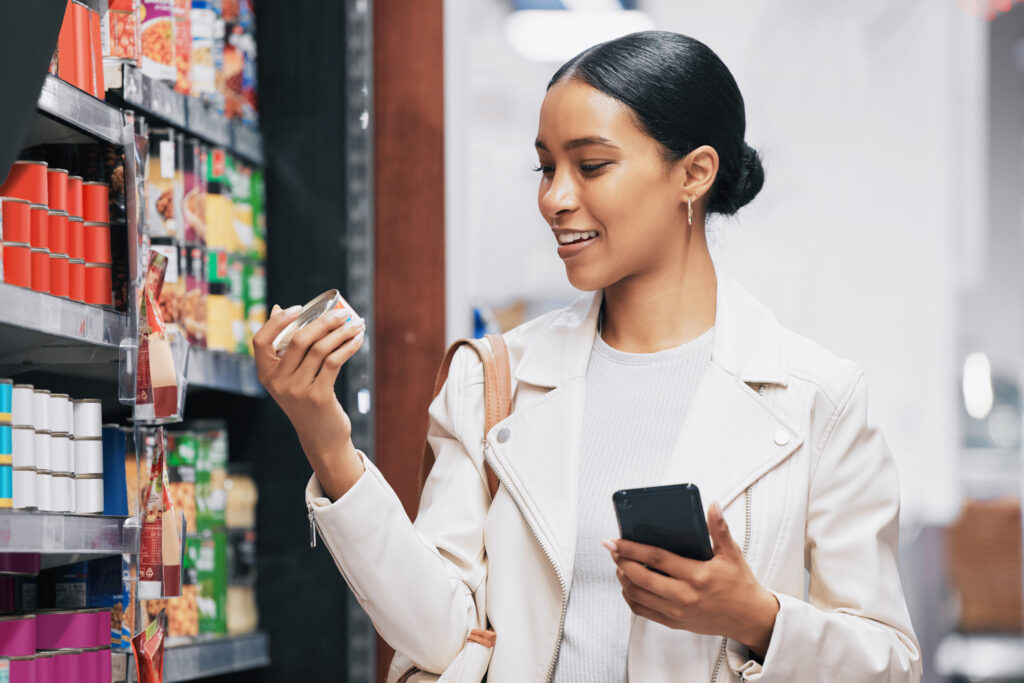
Keep an eye out for blockchain-powered labels—because you’re not just buying food, you’re buying peace of mind. | Photo: Envato Elements
Have you ever questioned whether the avocado you purchased is genuinely organic or if the fresh salmon truly originates from Norway’s pristine waters? Food fraud and waste are pressing global challenges, but blockchain technology helps ensure transparency, authenticity and traceability across the supply chain.
Blockchain — the technology behind cryptocurrencies like Bitcoin- is now transforming the food industry.
But how does it work? It functions as a secure digital ledger, meticulously tracking a food product’s journey from farm to fork, ensuring data integrity and transparency. Every transaction is time-stamped, verifiable and permanent.
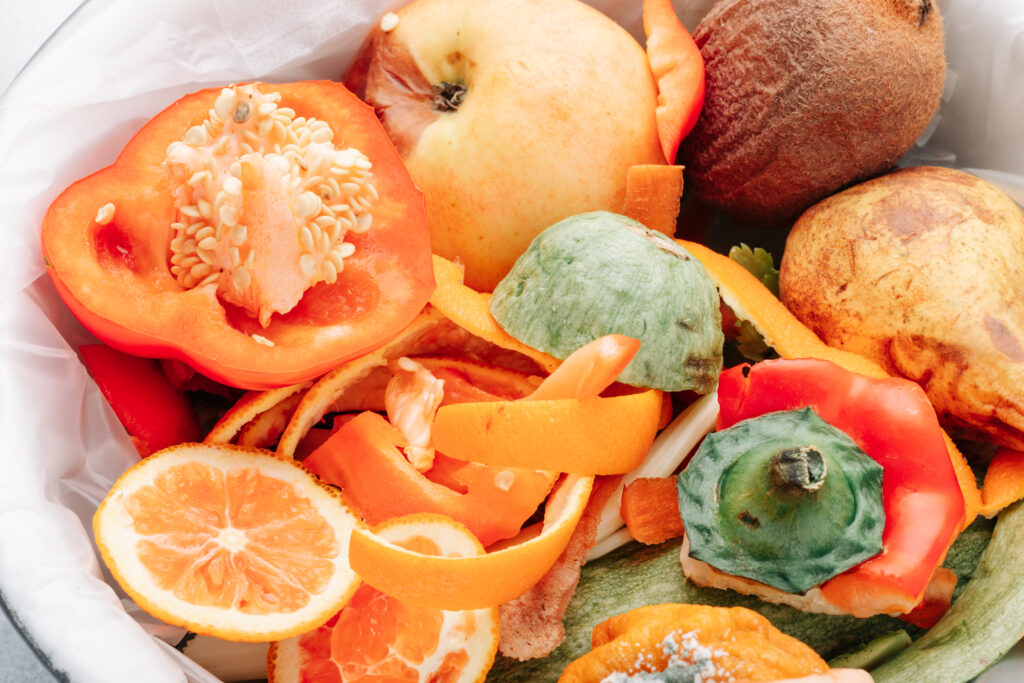
⅓ of all food produced globally goes to waste | Photo: Envato Elements
Food fraud has plagued the industry for years, from 2013’s horse meat scandal in Europe to China’s melamine-tainted infant milk powder crisis, both of which exposed critical gaps in supply chain transparency. Seafood mislabelling, fake organic produce and adulterated olive oil have tricked consumers into paying premium prices for subpar or even unsafe products. Counterfeit honey, diluted with sugar syrups and fake wines mixed with harmful chemicals further highlight the need for better verification systems. Big brands like Walmart Inc., Nestlé SA and Carrefour Group are already leveraging blockchain to enhance food safety, ensuring that what reaches consumers is exactly what it claims to be.
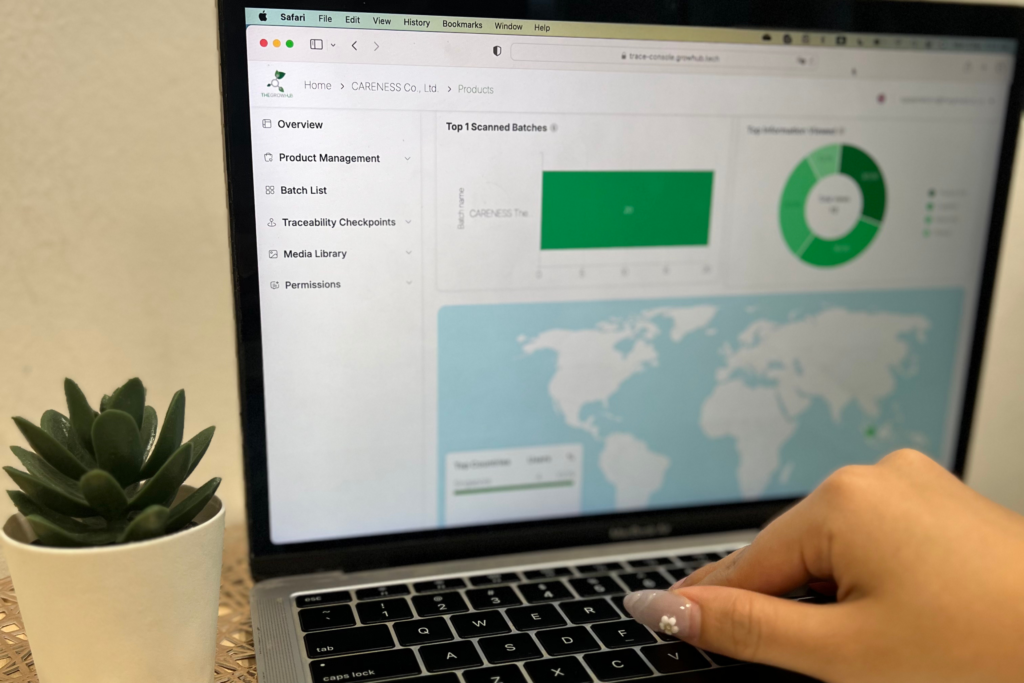
Tracing the journey of food at the click of a button | Photo: The GrowHub
Walmart has partnered with IBM’s Food Trust blockchain to trace leafy greens back to their source within seconds. If there’s a contamination outbreak, the store can quickly pinpoint which farms are affected and remove only those batches instead of recalling everything. France-headquartered Carrefour uses blockchain to trace the shelf life of products like milk and meat, ensuring fresher food reaches consumers.
Fraud is not the only concern to mitigate —food waste is a massive issue, with a third of all food produced globally going to waste. Blockchain technology addresses this challenge by monitoring expiration dates, optimising inventory management, and ensuring food is distributed efficiently to those in need. Singapore-based The GrowHub, an agri-tech company specialising in food traceability and carbon credits, uses blockchain to boost supply chain transparency. By assigning each product batch a unique QR code, consumers can verify the authenticity and track the product’s journey in real time.
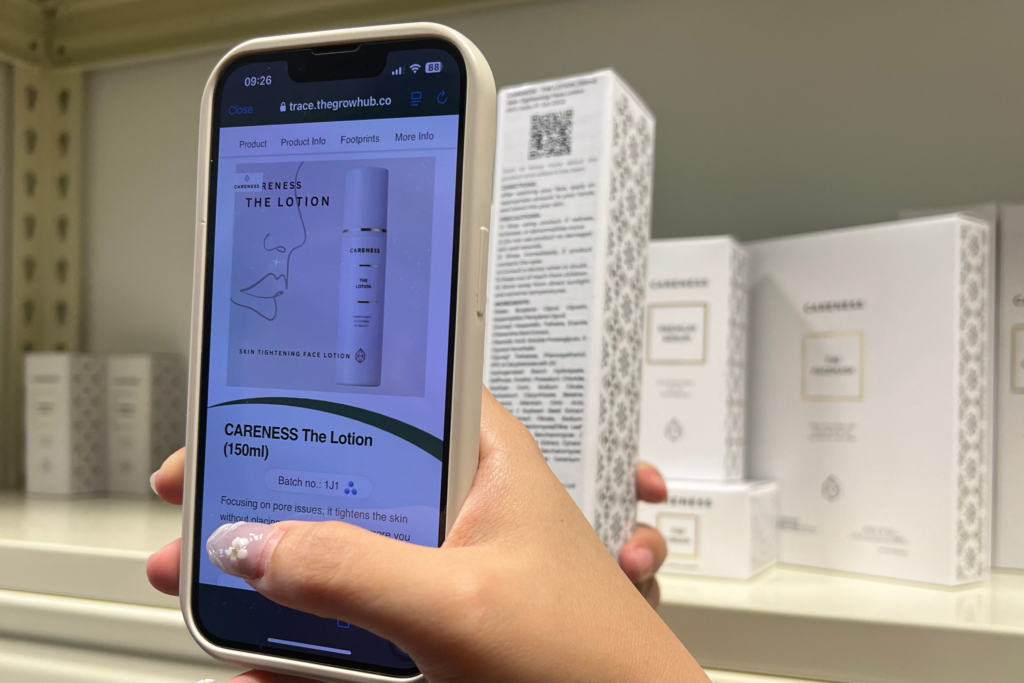
Tracing the origins of your product with an app | Photo: The GrowHub
“Blockchain combined with AI-powered analytics helps forecast demand trends, allowing businesses to better align supply with consumer needs”, Aaron Loo, Chief Innovative Officer at The Growhub, said. “Distributors and retailers can make data-driven inventory decisions, reducing the risk of over-production or under-utilization of products by monitoring and analysing the movement of goods in real-time, identifying inefficiencies and bottlenecks that may result in undesirable spoilage or waste” The company has introduced blockchain-powered platforms that facilitate precise tracking of food distribution, ensuring products reach consumers promptly and in optimal condition.
Beyond knowing where your food comes from, increased transparency and traceability can save lives. Each year, nearly one in 10 people worldwide suffer from food-borne illnesses, with close to half a million fatalities, according to a World Health Organization report. Enhanced traceability enables faster food recalls and quicker identification of contamination sources, reducing health risks and preventing further harm.
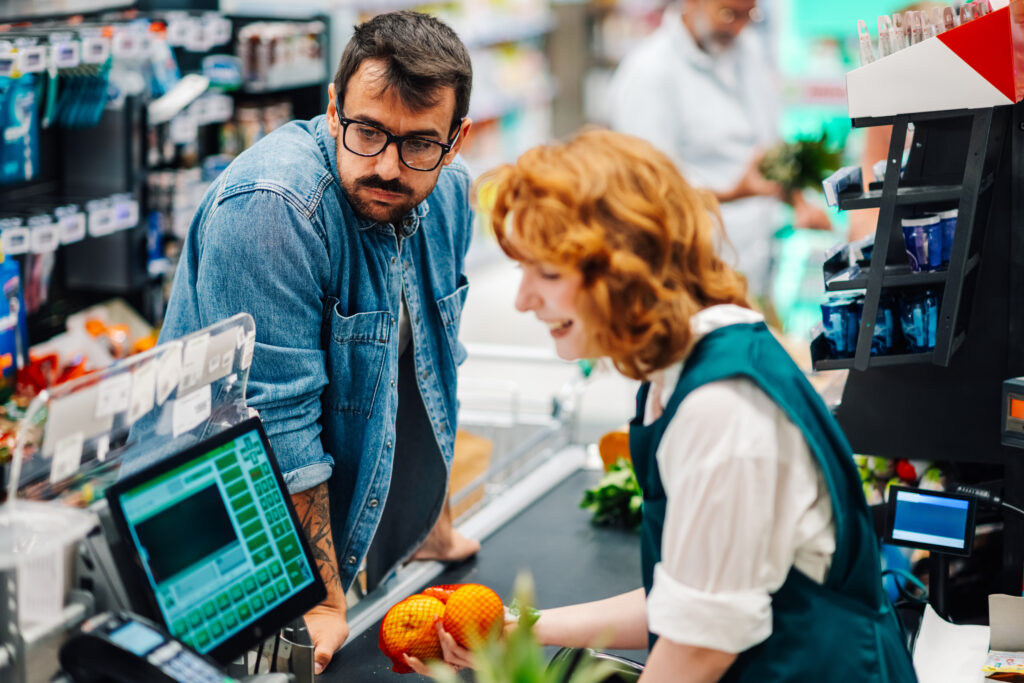
Photo: Envato Elements
Even though blockchain is transforming the food industry, its adoption comes with some hurdles. It needs standardized rules to connect businesses and requires investment in systems and training. Yet, momentum is growing. Companies are joining forces to set common standards, paving the way for a safer, more transparent food supply chain. As the industry evolves, embracing blockchain will be key to meeting consumer demands for authenticity and safety. This technology is more than just a digital ledger—it’s a trust revolution for your plate. Next time you visit the grocery store, keep an eye out for blockchain-powered labels—because you’re not just buying food, you’re buying peace of mind.
Author: Pooja Thakur
Pooja Thakur is a senior journalist, writer, and editor with over 20 years of experience in print and digital media and in creating custom content for periodicals. She has been a long-serving senior reporter at Bloomberg News covering areas such as real estate, stocks and personal finance and inventing across markets with a focus on Southeast Asia and India. In her free time, she enjoys scuba diving, rucking and finding the newest watering hole in town.



